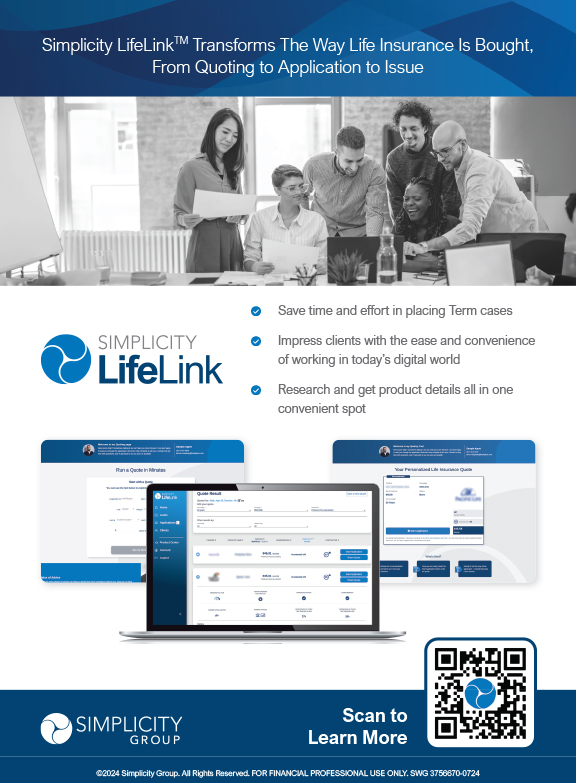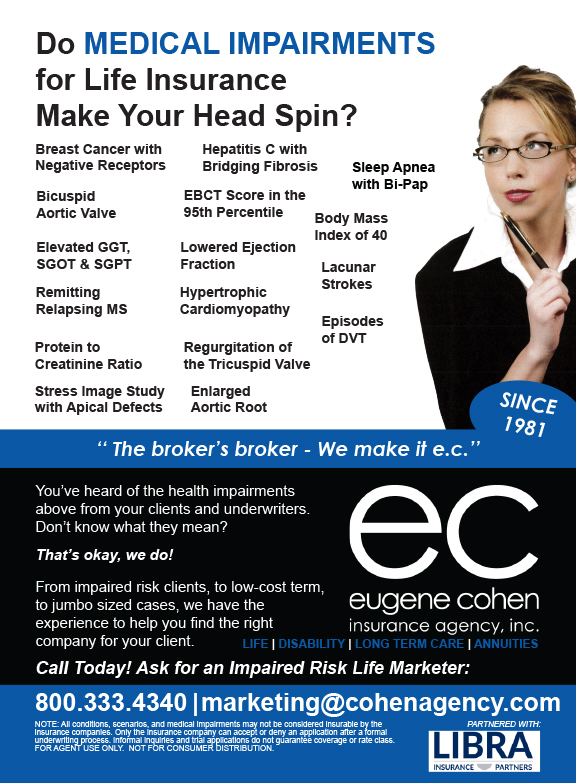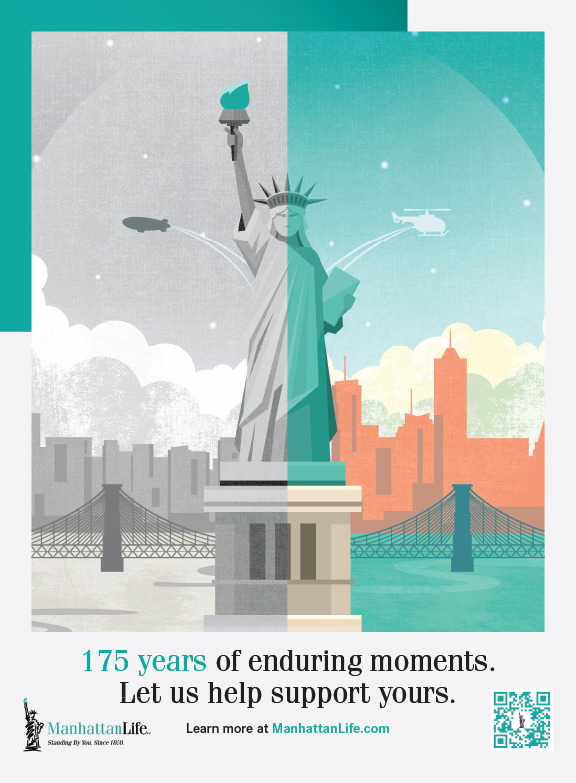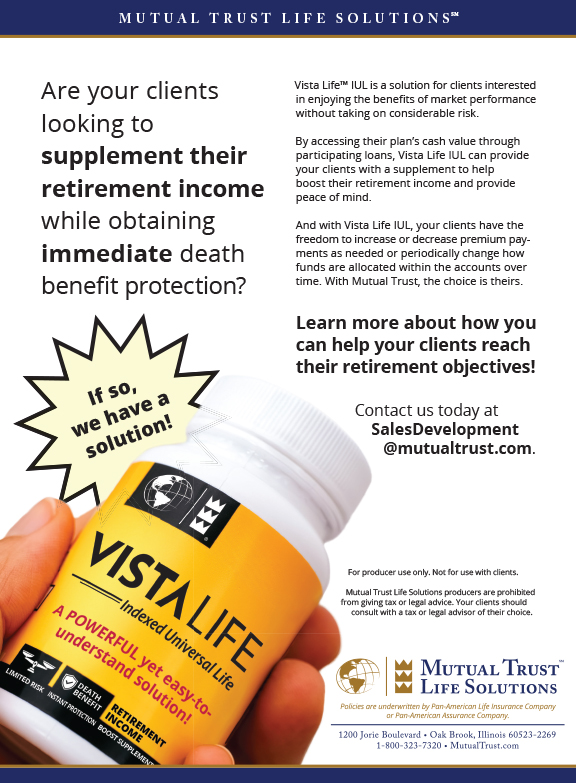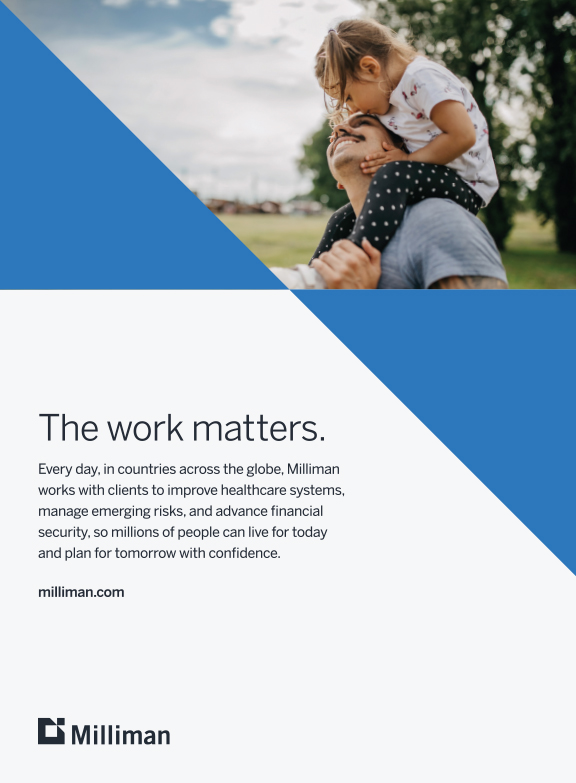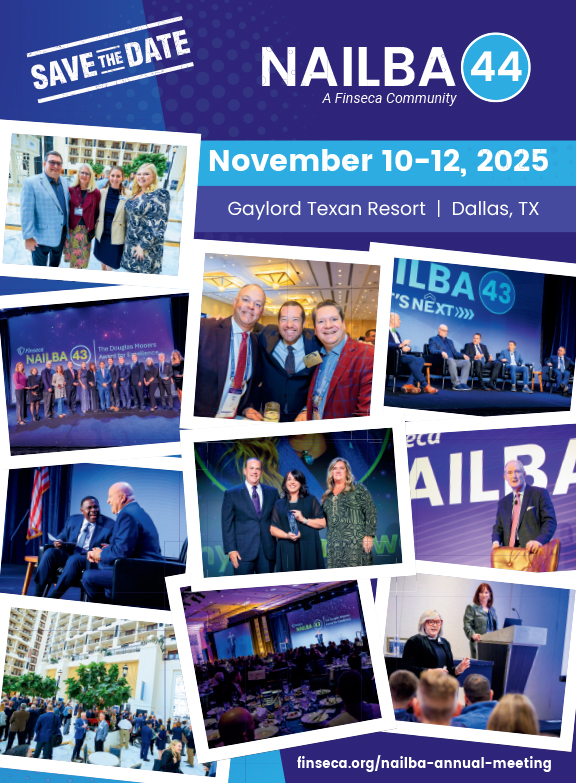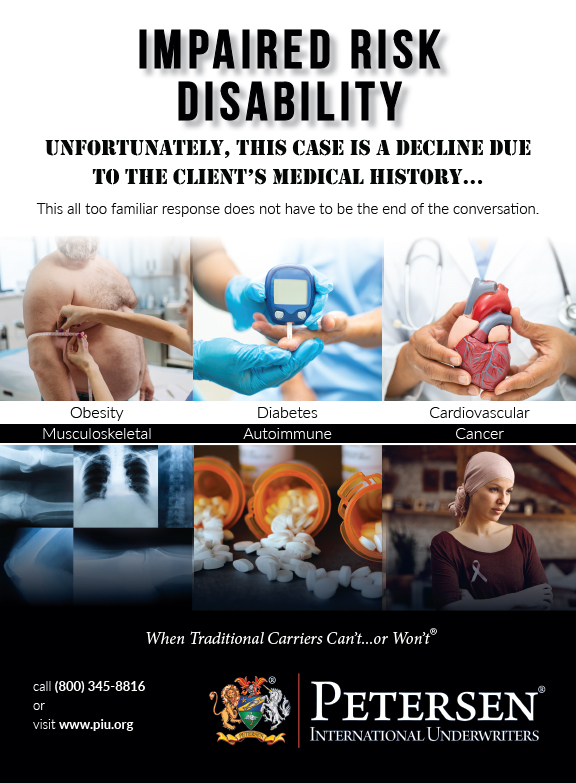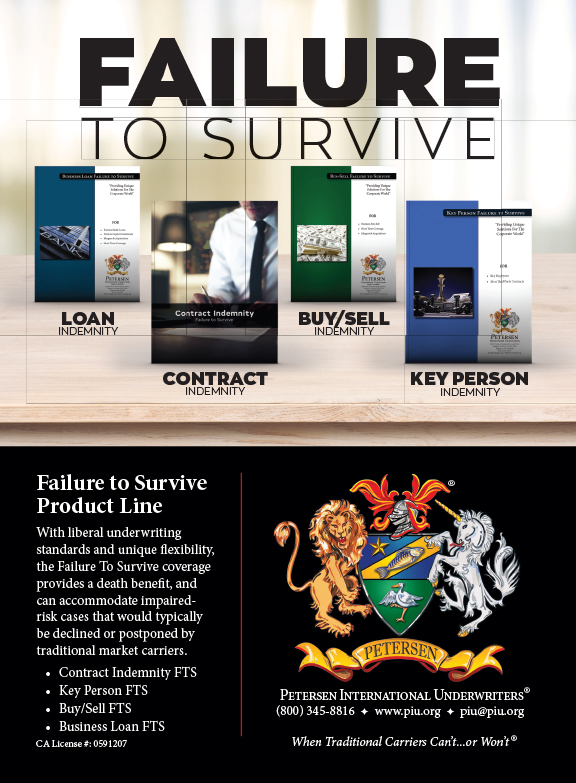Key person coverage is a business insurance that has been prescribed very readily on the life insurance side of our industry, and sales are actually good. However, the adoption of key person disability insurance has not been as widely received over the many years since its inception. The reasons are probably the same as they are when comparing personal life insurance and personal disability insurance. There just seems to be confusion about which insurable event is more likely to occur.
Key person disability insurance is a great door opener. Since very few carriers even offer such a plan, it stands to reason that not many professional insurance producers suggest the coverage to their business clients. When you liken the role of a key person in a business to that of an industrial machine, there is not much difference other than the key person has a soul. Both are production sources and both occasionally break down.
When a machine breaks down, a good mechanic can usually have it back up and running within a reasonable period of time. The same may or may not be true for a key person. Many human ailments are indeed cured within a short period of time—flu, colds and minor injuries. However, more serious health conditions may take weeks, months or even years to overcome. What happens, then, to this precious production source, and how does this affect a business?
Professional insurance advisors should bring to the attention of their business clients the reasons for key person disability insurance. Every business and professional firm, profit and nonprofit, charity, church and educational institution has at least one employee who is key to the success of the organization’s mission. When advised that this valuable insurance is relatively inexpensive and that it will eliminate the concerns of a cash flow interruption during the disability of a key person, most astute business owners will indeed buy.
While key person disability benefits are normally tied to the key person’s income, often it is the revenue that they generate that allows the doors of the business to remain open. Therefore, key person disability insurance should also be considered revenue replacement insurance.
Perhaps you have seen or heard about cases such as a wonder kid computer programmer working diligently to bring a new product to the market. The investors behind this programmer recognized that if something were to happen to this person prior to the product’s completion, everyone involved would suffer financially. In this case, it is not the income of the key person that needs to be insured, but rather the investment that has been made in the program.
Law firms often have one or more partners who are referred to as the “rainmakers”—the people with connections who bring business to the firm. Without the rainmakers, a firm would be hard-pressed to develop enough business to keep the staff of associate attorneys, paralegals, law clerks and researchers employed.
Another example might be a church whose dynamic preacher has pulled together a community in the spirit of worship, and this congregation has taken on a large amount of debt to build a new place of worship. Without the leadership of the pastor, they may have a difficult time maintaining the membership and the tithing needed to pay off the debt. So in a case such as this, key person benefits need to be tied to the debt obligation.
Key person coverage is meant to provide a cash flow to help an organization continue to move forward in the event that a key employee, business owner or partner becomes disabled.
Unlike business overhead expense disability insurance—which is a reimbursement for actual expenses incurred—key person disability insurance is typically paid as a flat indemnity to a company, which can then use the money in any way it considers most fitting.
Although there are exceptions, key person benefit periods are normally limited to one or two years. This period of time provides the firm with a crucial cash flow to allow for critical planning without the crisis that a cash flow interruption creates. Due to the short benefit period, the premium costs are kept affordable as well.
Key employees come in assorted shapes and sizes and are identified by a variety of titles including “owner.” They are of either sex and range in age from the very young to senior ages. For these reasons and more, a key person plan needs to be flexible and provide enough capacity to adequately cover the risk.








